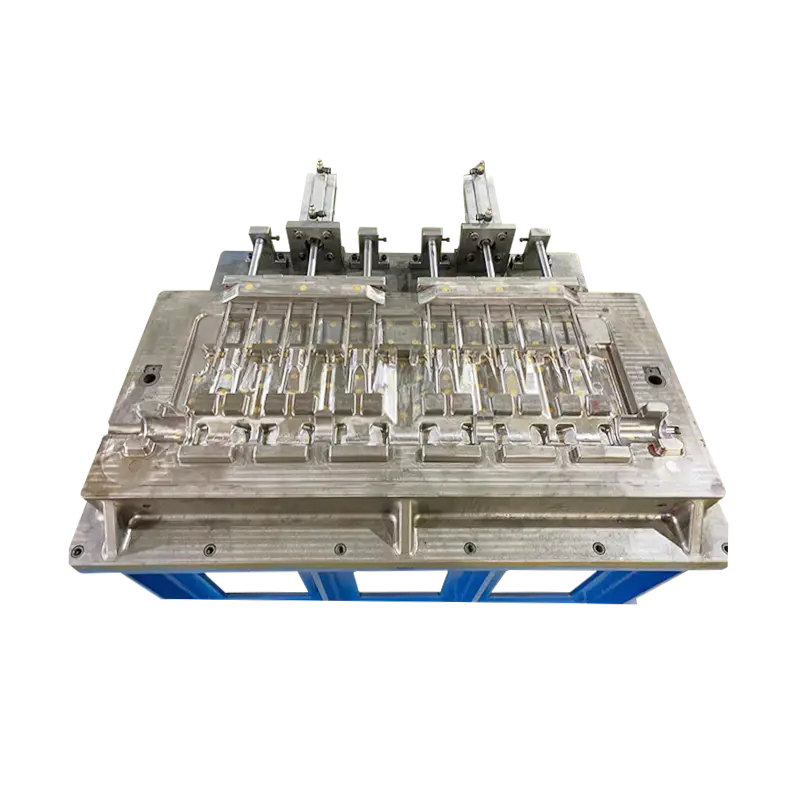Low pressure casting (LPC) is a manufacturing process that involves the use of a mold to cast metal parts. The process is called "low pressure" because the metal is poured into the mold under relatively low pressure, typically around 10 psi (69 kPa). This is in contrast to other casting methods, such as high pressure die casting, which uses pressures up to 10,000 psi (68,950 kPa).
The basic process of low pressure casting is as follows:
The mold is heated to a high temperature, typically around 800-1000°F (427-538°C), to ensure that the metal will flow easily into the mold.
The metal, usually an alloy such as aluminum or zinc, is heated to its pouring temperature, which is typically around 1000-1500°F (538-816°C).
The molten metal is poured into the mold under low pressure, typically using a ladle or a pump.
The pressure is maintained inside the mold for a certain period of time, usually around 5-15 minutes, to allow the metal to solidify and fill the mold completely.
The mold is cooled, typically using water or air, to solidify the metal and harden the part.
Once the part is cooled, the mold is opened and the part is removed.
Low pressure casting is a versatile process that can be used to cast a wide variety of different parts, including automotive components, electrical and electronic parts, and industrial machinery components. The process has several advantages over other casting methods, including:
Improved surface finish: Low pressure casting produces parts with a smooth surface finish that requires minimal machining or polishing.
Better dimensional accuracy: Low pressure casting allows for tight tolerances, which makes it ideal for producing precision parts.
Reduced porosity: Porosity is a common problem in casting, but low pressure casting reduces the amount of porosity in the final part.
Reduced scrap rate: Low pressure casting produces fewer defects and less scrap than other casting methods.


The ML50L cylinder block cold box mold is a tool used to cast a cylinder block, a large, hollow casting that is a key component of an internal combustion engine. The cylinder block contains the cylinders, or spaces in which the pistons move up and down, as well as other critical components such as the crankshaft and connecting rod bearings. The cold box mold is a type of mold that uses a binder system to hold the sand in place while the casting is made. The binder is cured with a gas, such as nitrogen, rather than with heat, which allows the mold to be made at room temperature, or "cold." The ML50L cylinder block cold box mold is specifically designed to produce cylinder blocks for engines with a displacement of 50 liters. It consists of a series of core boxes and a mold that is used to shape the sand into the desired shape of the cylinder block. The mold is typically made of metal and is used in conjunction with a core box to form the cylinder block. Once the molding process is complete, the mold is separated and the finished cylinder block is removed.


 Pусский
Pусский Español
Español













